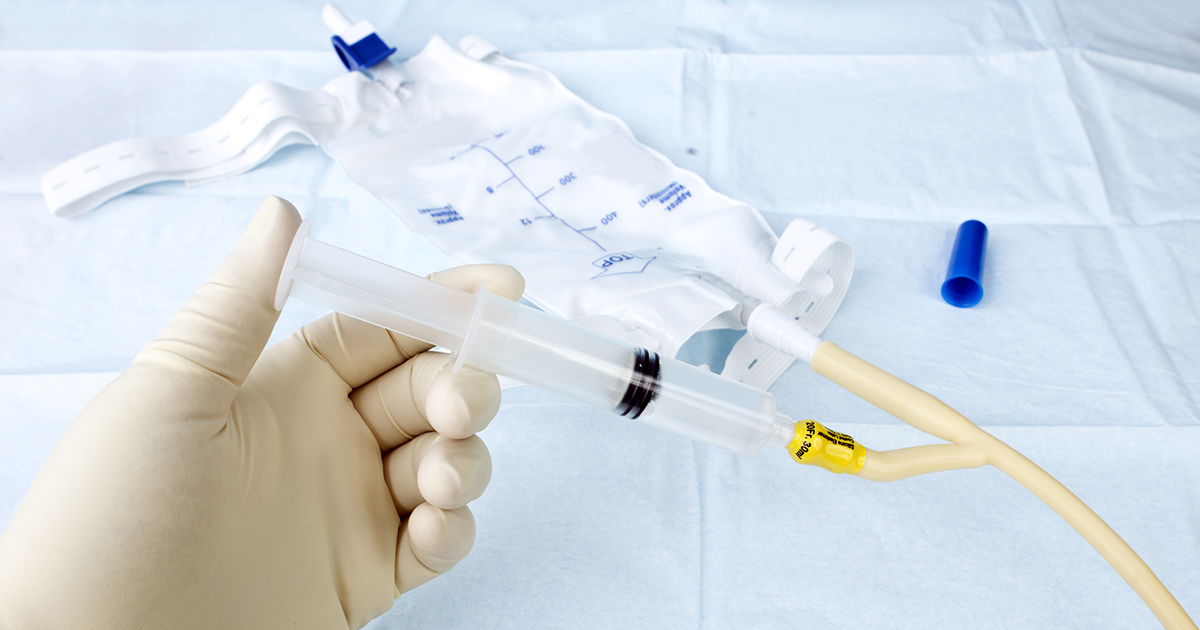Common Risk Factors And Causes Of Cystitis
Urinary Catheters

Catheters are thin tubes placed in the bladder to drain urine out of the body. They are used if individuals cannot urinate on their own to measure the amount of urine their body produces, or during some forms of surgery.
The use of urinary catheters is a significant risk factor for developing bacterial cystitis because using a catheter introduces bacteria into the bladder by allowing the bacteria to travel along the thin tube. Catheter use also promotes bacterial colonization by giving the bacteria a surface for adhesion and irritating the lining of the bladder. Between ten and thirty percent of patients who use a catheter even in the short-term develop bacteria in their urine. Catheters should always be inserted using a sterile technique and left in place only as long as necessary to reduce this risk.
Get to know the next major cause of cystitis now.
Wiping Back To Front

How women wipe after using the restroom can impact whether or not they develop cystitis. Wiping back to front can introduce bacteria like E. coli into the urethra where it can make its way to the bladder or kidneys and cause a urinary tract infection. Not all bacteria will grow in the urinary tract, but E. coli from fecal matter around the rectum is the most common source of urinary tract infections. Women are more likely to get a UTI than men because women have urethras closer to the anus as well as shorter urethras. Both of these make it easier for bacteria to move from the anus into the urethra and then to the bladder. To reduce the risk of a urinary tract infection, individuals should wipe from the front to the back, especially after bowel movements.
Continue for more on the causes of cystitis.
